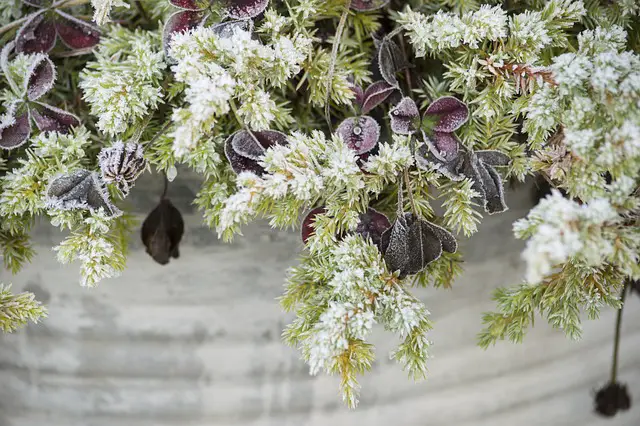Winter Care Tips for Overwintering Potted Plants
As winter approaches, it’s important to consider the well-being of your potted plants. While some plants can withstand colder temperatures, others may require extra care to survive through the frosty months. To ensure the health and longevity of your potted plants, here are some winter care tips for overwintering them.
1. Choose the Right Location: Before winter arrives, assess where you will keep your potted plants during this season. Ideally, choose a location that provides protection from harsh winds and extreme temperature fluctuations. An unheated garage, a basement with proper ventilation or even a covered patio can be suitable options.
2. Provide Adequate Light: Despite being indoors during winter, potted plants still require sufficient light to survive and thrive. Place them near a south-facing window or use artificial grow lights if natural light is not enough. Monitor the amount of light they receive daily and make adjustments accordingly.
3. Adjust Watering Schedule: During winter, indoor heating can cause the air to become drier than usual, leading to faster evaporation of water from plant soil. As a result, you may need to adjust your watering schedule accordingly. Avoid overwatering by checking the moisture level in the soil regularly before watering again.
4. Control Temperature: Maintaining appropriate temperature conditions for your potted plants is crucial during winter. Most houseplants prefer temperatures between 60-75°F (15-24°C). However, different species have varying temperature requirements; therefore, research each plant’s needs and try to meet them as closely as possible.
5. Humidity Matters: Indoor heating systems often reduce humidity levels in our homes during winter months. This can negatively impact certain plants that thrive in higher humidity environments such as tropical species or succulents. To combat this issue, you can place a tray filled with water near your plants or use a humidifier to increase the humidity around them.
6. Protect from Cold Drafts: Potted plants are more susceptible to cold drafts compared to those planted directly in the ground. To protect them, avoid placing them near draughty doors or windows that may expose them to chilling gusts of cold air. If necessary, use curtains or insulating materials to shield them.
7. Pruning and Maintenance: As winter arrives, it’s a good practice to trim away any dead or decaying leaves or branches from your potted plants. This not only helps maintain overall plant health but also minimizes the risk of pests and diseases spreading during the dormant period.
8. Pest Prevention: Before bringing your potted plants indoors for winter, make sure they are free from any pests that may have inhabited them during warmer months. Inspect the foliage and soil carefully, and treat with appropriate insecticides if needed. Quarantine new plants for a few weeks before introducing them to your existing plant collection.
9. Limit Fertilization: During winter, most plants enter a dormant phase when their growth slows down significantly. Therefore, it’s important to limit fertilization as excessive nutrients can harm dormant plants by causing unwanted growth spurts. Reduce fertilization frequency and use diluted solutions if application is necessary.
10. Monitor Your Plants: Regularly observe your potted plants for signs of stress or disease during winter months. Look out for yellowing leaves, wilting, mold growth, or pest infestations. Address any issues promptly by adjusting environmental conditions or seeking expert advice.
By implementing these winter care tips for overwintering your potted plants, you can ensure their survival and promote healthy growth come springtime. Remember that each plant has unique needs, so research its requirements thoroughly and provide individual attention accordingly. With proper care and attention throughout the winter season, your potted plants will be ready to thrive again once warmer days return.













